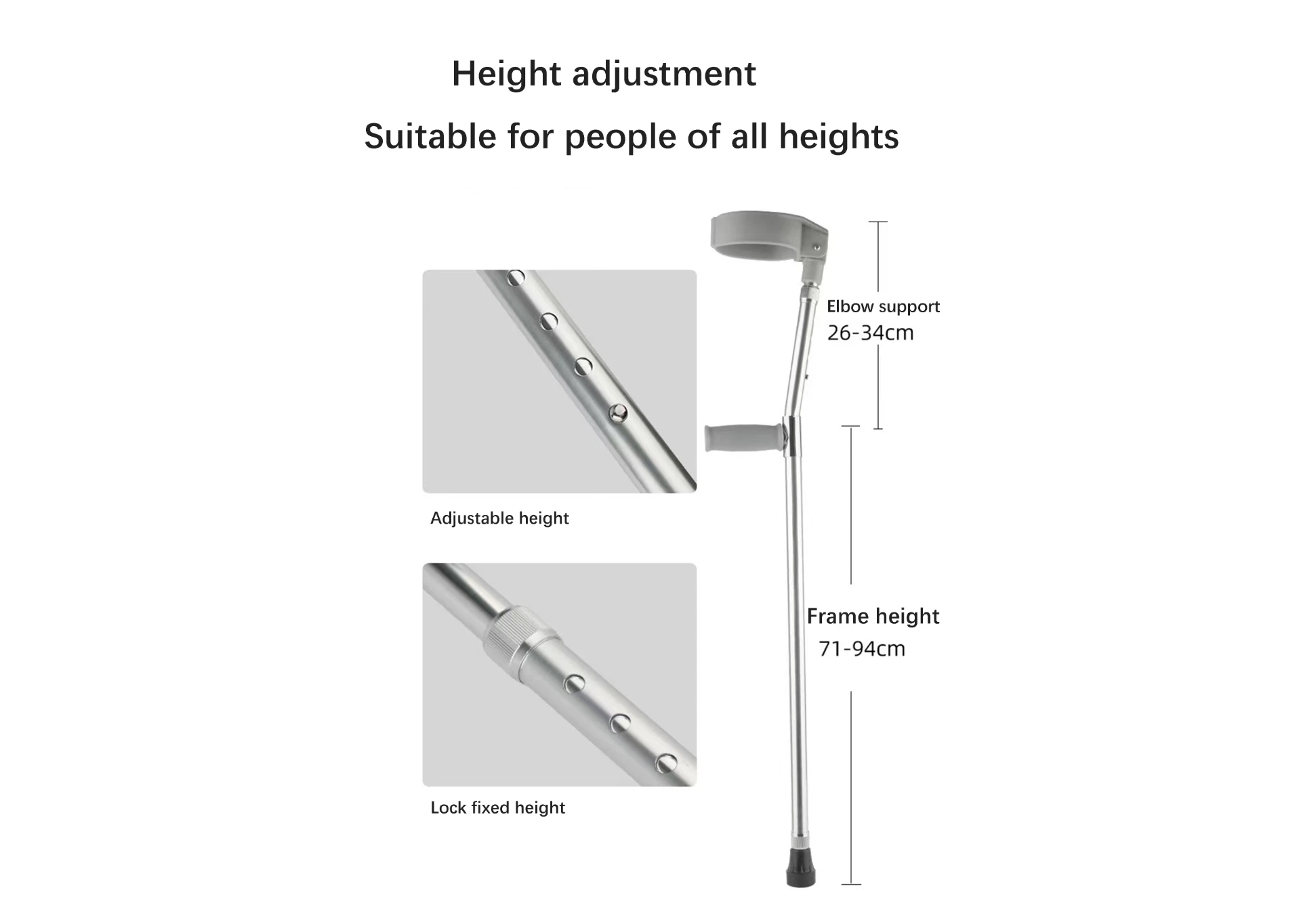Welcome to our websites!
Essential Guide to Choosing Walking Frames for Elderly Care and Mobility Support
The Importance of Walking Frames in Aged Care
As our loved ones age, their mobility often declines, which can significantly impact their quality of life. Walking frames, also known as walking aids or mobility frames, play a critical role in supporting seniors as they navigate their daily activities. By providing stability and confidence, these aids help prevent falls and encourage independence, making them a vital component of aged care.
Understanding Walking Frames
Walking frames come in various designs, each tailored to meet the specific needs of elderly individuals. The most common types include standard walkers, wheeled walkers, and rollators. Standard walkers feature four legs and require users to lift the frame slightly with each step. Wheeled walkers are equipped with two front wheels, allowing for easier movement without heavy lifting. Rollators, on the other hand, have four wheels, a seat, and hand brakes, providing a safe resting place for users and enabling them to maintain their pace without exhausting themselves.
The choice of walking frame depends on several factors, including the individual’s physical condition, balance, and strength. Healthcare professionals typically assess these aspects to recommend the most suitable model for each person, ensuring they receive the best support tailored to their needs.
Enhancing Safety and Independence
One of the primary reasons walking frames are essential in aged care is their role in preventing falls. According to statistics, falls are one of the leading causes of injury among seniors, often resulting in serious complications such as fractures or head injuries. Walking frames provide the necessary stability that helps prevent such accidents. By offering support, they allow elderly individuals to walk more confidently, encouraging them to stay active and engaged in their lives.
Moreover, using a walking frame can foster a sense of independence. Many seniors fear losing their autonomy due to mobility issues, which can lead to feelings of isolation or depression. A walking frame empowers them to move around their homes and communities more freely, whether that means walking to the kitchen, participating in social activities, or going for a stroll in the park. This newfound ability often boosts their self-esteem and overall mental well-being.
Encouraging Physical Activity
aged care walking frames

Regular physical activity is crucial for maintaining health and preventing the decline of physical abilities. Walking frames enable seniors to engage in exercise safely, promoting cardiovascular health, joint flexibility, and muscle strength. Short walks around the house or in the neighborhood can make a significant difference in a senior's physical condition, helping them retain mobility and reduce the risk of further decline.
In addition, walking frames can facilitate structured exercise programs. Many aged care facilities incorporate movement classes where participants can practice walking using frames. Such programs not only allow seniors to improve their physical capabilities but also foster social interaction, reducing feelings of loneliness among peers.
Tailoring to Individual Needs
In aged care, personalization is key. It’s essential to ensure that walking frames are appropriately fitted and adjusted to suit the user’s height and needs. Improperly sized frames can lead to discomfort and ineffective use, potentially causing harm rather than promoting safety. Healthcare providers, occupational therapists, or physiotherapists often guide families in selecting and adjusting walking frames, ensuring optimal use.
The Future of Walking Aids
As technology advances, the design and functionality of walking frames continue to evolve. Emerging models may include smart features, such as sensors that provide feedback on stability and gait patterns, or integration with mobile applications that remind users to stay active or track their walking patterns. These innovations hold the potential to enhance the user experience significantly, making mobility aids more effective and engaging.
Conclusion
In conclusion, walking frames are an indispensable part of aged care, enhancing safety, independence, and overall well-being for elderly individuals. By supporting mobility, promoting physical activity, and reducing the risk of falls, these aids play a crucial role in improving the quality of life for seniors. As we continue to prioritize the needs of our aging population, it is essential to embrace innovations in mobility aids that further enhance their ability to lead fulfilling, active lives. Whether at home or in care facilities, ensuring access to appropriate walking frames is a meaningful step towards fostering a more inclusive and supportive environment for our elderly loved ones.
-
Transforming Healthcare with Hospital FurnitureNewsJun.24,2025
-
Rehabilitation EquipmentNewsJun.24,2025
-
Mobility and Independence with WheelchairsNewsJun.24,2025
-
Freedom of Mobility with Our Rollator WalkersNewsJun.24,2025
-
Comfort and Independence with Commode ChairsNewsJun.24,2025
-
Bathing Safety and Independence with Shower ChairsNewsJun.24,2025
-
Navigating the Wholesale Landscape of Electric Mobility Solutions: Key Considerations for Power Wheelchair DealersNewsJun.10,2025











